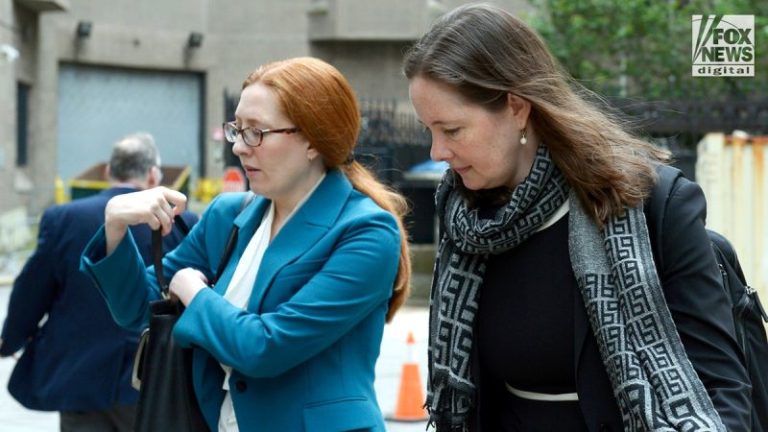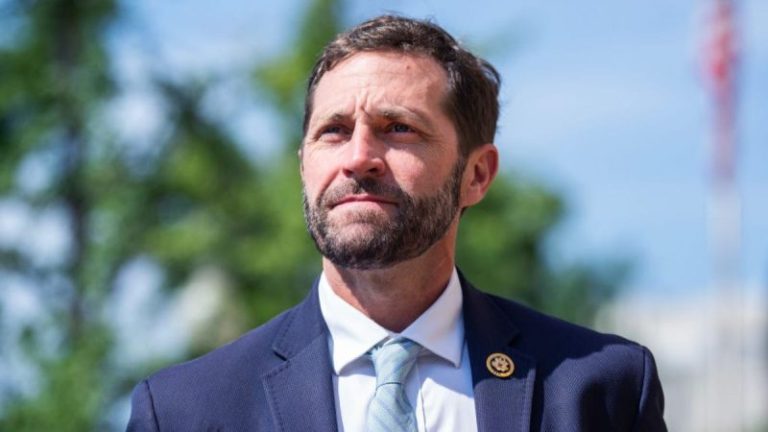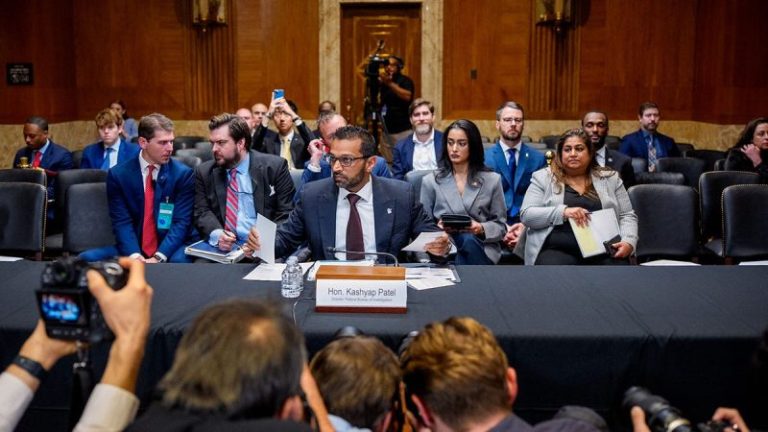A House Republican is demanding that Rep. Ilhan Omar, D-Minn., be stripped of her committee assignments, accusing her of making disparaging comments toward Charlie Kirk after his assassination last week.
Rep. Buddy Carter, R-Ga., is introducing a resolution on Monday to remove Omar from her two current committees: the House Budget Committee and the House Committee on Education and the Workforce.
She is the top Democrat on the latter panel’s Subcommittee on Workforce Protections.
It’s part of the continued fallout from Kirk’s killing in Utah during a college speaking event.
Republicans have responded forcefully to Democrats who they view as taking Kirk’s death lightly or dismissing it as a product of his conservative activism.
Omar, in particular, has faced backlash from the right over an interview with progressive news outlet Zeteo, where she criticized Kirk’s past commentary and Republicans’ reaction to the shooting. She accused Republicans of taking her words out of context, however, and she called Kirk’s death ‘mortifying.’
She told the outlet days after Kirk’s assassination that he previously ‘downplayed slavery and what Black people have gone through in this country by saying Juneteenth shouldn’t exist.’
‘There are a lot of people who are out there talking about him just wanting to have a civil debate,’ the ‘Squad’ member said. ‘There is nothing more effed up, you know, like, than to completely pretend that, you know, his words and actions have not been recorded and in existence for the last decade or so.’
She criticized Republican figures who have been going after Democrats for their rhetoric, adding, ‘These people are full of s—. And it’s important for us to call them out while we feel anger and sadness, and have, you know, empathy, which Charlie said, ‘No, it shouldn’t exist,’ because that’s a newly created word or something.’
‘Like, I have empathy for his kids and his wife and what they’re going through,’ Omar continued.
She later posted on X amid the backlash, ‘While I disagreed with Charlie Kirk vehemently about his rhetoric, my heart breaks for his wife and children. I don’t wish violence on anyone. My faith teaches me the power of peace, empathy, and compassion. Right-wing accounts trying to spin a false story when I condemned his murder multiple times is fitting for their agenda to villainize the left to hide from the fact that Donald Trump gins up hate on a daily basis.’
Carter told Fox News Digital, however, ‘Disparaging Charlie Kirk’s legacy, a God-fearing, honorable man, for boldly sharing his conservative beliefs is disgusting. The radical left has normalized meeting free speech with violence, and it must stop.’
‘No one who justifies the assassination of someone with different political views than them deserves to sit on a committee, and Ilhan Omar openly used language that incites violence toward her political opponents. Committees are for serious lawmakers, not hate-spewing politicians,’ he said.
Carter, who is currently running for U.S. Senate, sits on the House Budget Committee alongside Omar.
Fox News Digital reached out to the Minnesota progressive’s office for comment but did not hear back by press time.










